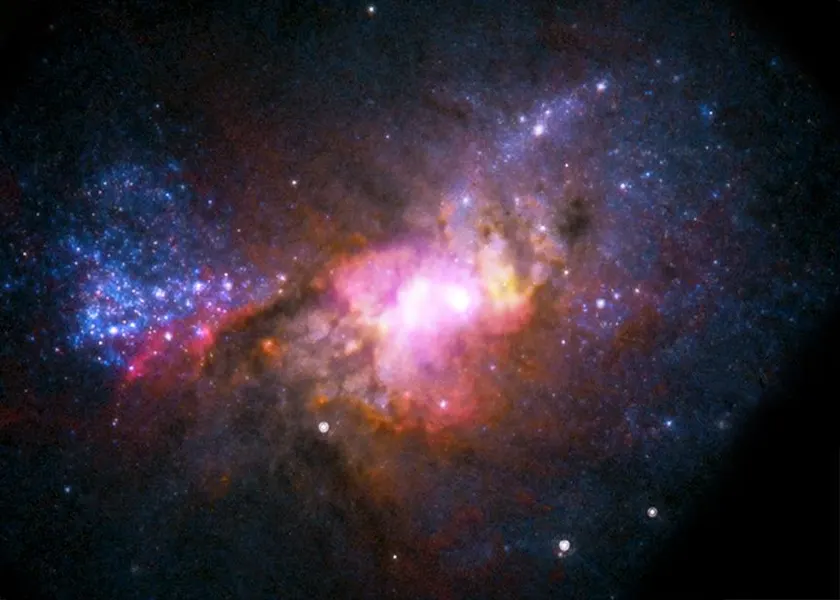Dive into the cosmic depths as we explore groundbreaking revelations from the JWST. This journey uncovers the earliest chapters of our universe, revealing celestial phenomena that have shaped the cosmos. Discover why these findings are pivotal, how they were unearthed, and what profound truths they hold for us. Prepare to be captivated as we delve into the significance and implications of these cosmic discoveries.

Dawn of the Stars: The Discovery
The JWST has shed light on the universe’s first stars, known as Population III stars. These ancient stars are believed to have forged the very first heavy elements, setting the stage for everything that followed. We’ll examine the evidence that led to this monumental discovery and its implications for our understanding of the universe’s infancy.

Galactic Nursery: Early Galaxy Formation
In the distant galaxy GN-z11, the JWST has detected a supermassive black hole, offering clues about the formation of early galaxies. This section will explore the methods used to uncover this black hole and discuss why such a discovery challenges our current models of cosmic evolution.
Cosmic Implications: Broader Impact
The JWST’s findings have far-reaching consequences for cosmology. By observing the earliest galaxies, we gain insights into the universe’s expansion and the formation of complex structures. This section will highlight the transformative nature of these discoveries and what they suggest about the future of space exploration.
Conclusion
Thank you for joining us on this astronomical adventure. The JWST continues to redefine our place in the universe, proving that the cosmos is far more intricate and fascinating than we ever imagined. As we close this chapter, we look forward to the telescope’s future contributions to our cosmic understanding.



















